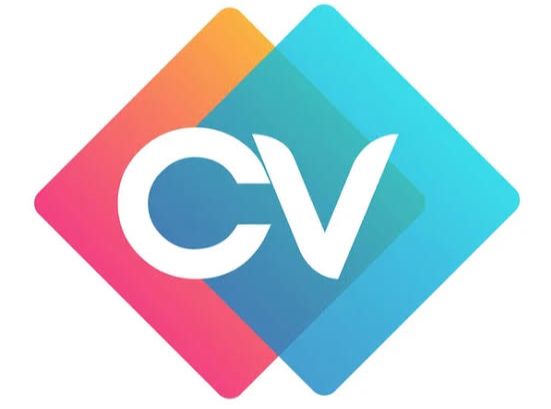Write a Better CV Now! for 2025
Creating a CV (Curriculum Vitae) requires a clear and effective presentation of your qualifications, experience, and skills. Here’s a structured approach to help you develop a compelling CV:
1. Select an Appropriate Format
- Chronological CV (most widely used): Organizes your work experience in reverse chronological order, starting with your most recent position.
- Functional CV: Emphasizes skills and competencies over chronological work history.
- Combination CV: Merges features of both chronological and functional formats.
2. Incorporate Key Sections
–Header:
- Full Name
- Phone Number
- Email Address
- LinkedIn profile or portfolio link (if applicable)
- Optional: Location (city and country is typically sufficient)
–Personal Statement/Objective (Optional but advisable):
- A concise statement (2-3 sentences) that encapsulates your identity, career aspirations, and the value you offer to the position.
–Work Experience:
- Detail job titles, company names, locations, and employment dates.
- For each position, provide 3-5 bullet points that showcase your achievements and responsibilities. Utilize action verbs and quantify your successes when feasible (e.g., “Boosted sales by 20%”).
- Highlight experience that is pertinent to the job you are applying for.
4. Education:
- List your degrees, institutions attended, graduation dates, and any honors received.
- Include relevant coursework or projects, particularly if you are a recent graduate or transitioning careers.
5. Skills:
- Showcase both hard skills (technical or job-specific abilities) and soft skills (communication, teamwork, problem-solving).
- Ensure that the skills you list correspond with the job requirements.
6. Additional Sections (Optional, depending on relevance):
- Certifications and Training: Relevant certifications, courses, or workshops.
- Languages: Languages you speak, along with your proficiency levels.
- Volunteer Experience: Particularly if it is relevant or demonstrates transferable skills.
- Projects/Publications: If applicable to your field, include significant projects or publications.
Ensure Readability
- Utilize a clean, professional format.
1. Crafting a CV That Stands Out: You’re Guide to Success
Writing a CV is like telling your story. It’s your chance to shine and show what you can do. Let’s break down how to write an effective CV step by step.
2. Understand the Purpose of Your CV
Why do you need a CV? Simply put, it’s your ticket to getting an interview. It gives employers a peek at your skills, experience, and what you bring to the table. Think of your CV as your personal advertisement. You want to hook the reader’s interest right away.
3. Choose the Right Format
Your CV’s format is crucial. It should be clean and easy to read. Here are a few popular formats to consider:
- Chronological: Lists your work history from the most recent job to the oldest. This is great if you have a solid work background.
- Functional: Focuses on your skills instead of your job history. This can be good if you’re changing careers or have gaps in your work history.
- Combination: Mixes both. You get to highlight your skills while also showing your job history. This format suits many people.
Make sure your format is consistent. Use the same font and size throughout.
4. Write a Strong Summary
- Start with a brief summary. This is like your personal elevator pitch. Give a snapshot of who you are and what you excel at. A strong summary grabs attention. For example:
- “Results-oriented marketer with over five years of experience in digital advertising. Passionate about driving traffic and boosting online sales.”
- Keep it brief, around 3-4 sentences, and highlight what makes you unique.
5. Highlight Your Skills
Next, list your skills. This section should be tailored to the job you’re applying for. Are you a whiz at software like Excel? Can you communicate well with others? Focus on both hard skills (like programming) and soft skills (like leadership). Use bullet points for clarity.
6. Detail Your Work Experience
Now it’s time to showcase your work history. Start with your most recent job and work backward. Include the following information for each job.
- Job title
- Company name
- Location
- Dates of employment
- Key responsibilities and achievements
Use action verbs like “managed,” “created,” or “led” to describe what you did. Quantify your achievements when possible. Instead of saying “improved sales,” say “increased sales by 20% in six months.” Numbers make statements stronger.
7. Education Matters
Your education shows your qualifications. List your degrees, certifications, and relevant courses. Include the school name, degree earned, and graduation date. If you have a higher degree, you don’t need to include high school.
8. Include Additional Sections
Consider adding sections for volunteer work, languages spoken, or hobbies. These can show your personality and interests outside of work. Just ensure they’re relevant to the job.
9. Keep It Concise
Your CV should be one page, especially if you have less than ten years of experience. Be clear and direct. Remove any fluff or unnecessary information. Each word should add value.
Follow Our WhatsApp Channel for Daily Latest Vacancies
10. Proofread for Perfection
Finally, proofreading is essential. Typos or grammatical errors can give a bad impression. Read your CV aloud to catch mistakes. Consider asking someone else to review it too. A fresh pair of eyes can spot errors you might miss.
Conclusion
Writing a CV might seem daunting, but it’s about presenting yourself in the best light. Remember, a CV is your chance to showcase your skills, experience, and personality. Take your time, follow these steps, and you’ll create a CV that makes you proud. Good luck!





Post Comment